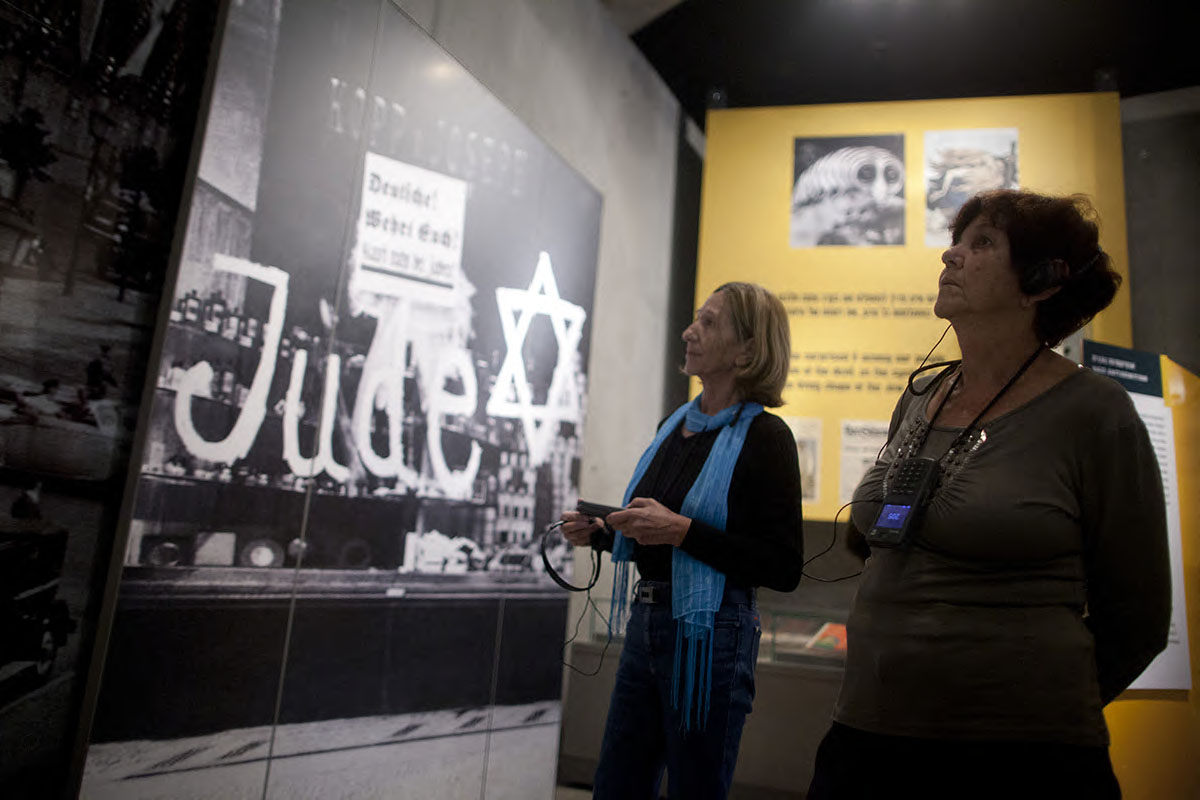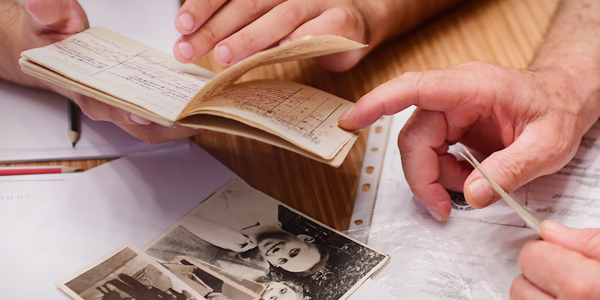Most of the primary school aged Jewish children attended the Governmental Jewish Primary School in Würzburg, which was run by Aaron Mandelbaum, who taught there from 1886 up to the Nazi period. The school also took in Jewish children from nearby communities. In 1931 the Jewish school from the nearby town of Höchberg, which held six classes, was transferred to Würzburg. In 1932 the "Association for Jewish Schooling" was founded in Würzburg – its goal was to improve the curriculum and renovate the school. Almost half of the Jewish boys, and a quarter of Jewish girls, who attended high schools in Würzburg also took part in religious lessons given by the Jewish community, and many participated in the extracurricular classes on Judaism and the Hebrew language instituted and run by Rabbi Dr. Sigmund (Shimon) Hanover.





Courtesy of Shimon Berlinger's family; Shimon Berlinger was one of the graduates of the Jewish Teachers Seminary in Würzburg.
In 1926 Rabbi Dr. Hanover established a local chapter of the “Association of the Neutral Jewish Youth” (Jüdisch-Neutraler Jugendbund). Together with the association of the religious youth (“Ezra”), this association strove to deepen Jewish education through lectures, social gatherings, "Oneg Shabbat" parties and other activities. Würzburg also housed chapters of the “Association of General Jewish Youth” (Jüdischer Jugendverein), the “Mizrachi Youth Union”, the “Union of Religious Pioneers”, and the Social-Zionist “Builders Union”.
Würzburg hosted conventions of the Jewish Teachers Union of Bavaria and was home to the Jewish Teachers Seminary, whose student body included both men and women; hundreds of teachers from across Germany took part in the continuing education program run by the Teachers Seminary. In 1926 the seminary began to teach Hebrew as well, and by 1930 had 530 graduates. The Jewish community in Würzburg possessed three important libraries: the library of the Teachers Seminary, which contained important Jewish and Hebrew manuscripts; the library of the B’nai B’rith organization; and the youth library of the Jewish primary school.






